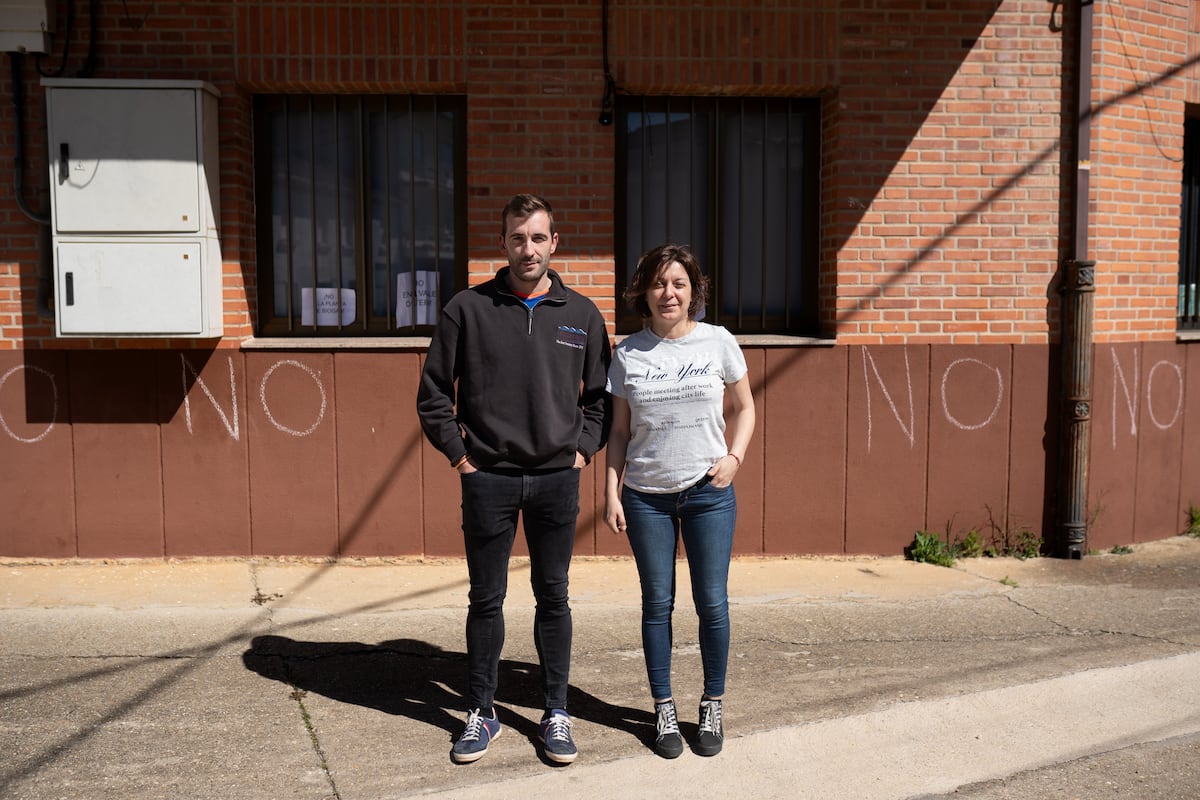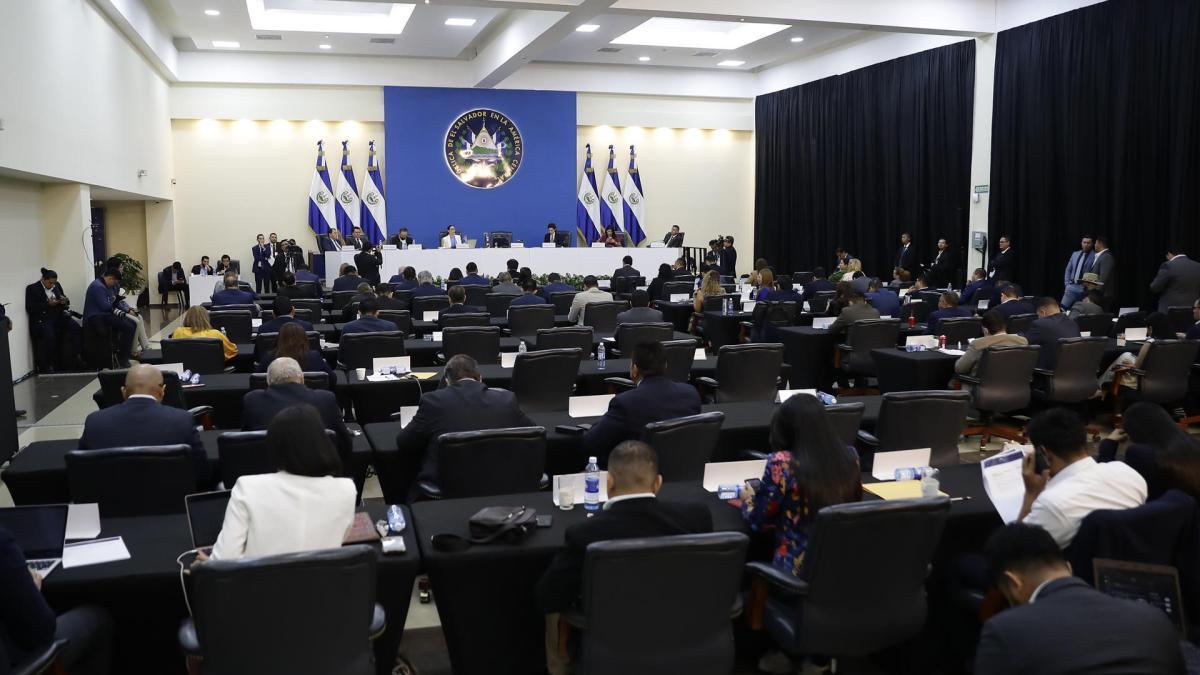If Russia wants to destabilize the EU, it does not have to completely shut down the gas tap, writes HS economic journalist Jarno Hartikainen.
Every fall European gas network companies are conducting a stress test for the coming winter. The aim is to answer one question: is security of gas supply guaranteed throughout the winter, even if the heating season is particularly cold?
This winter estimate released in October. It concludes that, although European gas stocks were scarce in the autumn, security of supply can be guaranteed if imported gas is available as usual. In no country is there a risk that the use of gas will have to be restricted, even if the winter gets cold. The need for imported gas may still increase from recent years.
No worries, therefore, would be an interpretation under normal circumstances. This winter, however, there are no normal conditions.
Western countries and Russia has tightened over the autumn as Russia has amassed troops on the Ukrainian border. The situation is explosive, and Western countries are at the same time trying to prevent Russia’s use of force in Ukraine and to prepare for various attempts to destabilize Russia.
The situation has sparked speculation as to whether Russia could use gas supplies as a weapon against the EU. The EU imports 90% of the natural gas it needs, and more than 40% of this comes from Russia, mainly through pipelines.
The gas cut-off would have a significant impact, especially this winter, when Europe’s gas reserves are exceptionally scarce. It would certainly raise the price of energy sharply and could lead to restrictions on use, such as the closure of industrial plants, in order to secure home heating.
Although gas supply disruptions are not considered likely, and preparations are being made. The EU and the US are in talks to secure European gas supplies from alternative sources in the event of a disruption of Russian pipeline gas supplies.
In addition to Russia, pipeline gas enters the EU from, for example, Norway, Algeria and Morocco. In the autumn, gas began to flow in a new pipeline connecting Azerbaijan’s gas fields to the Balkan and Italian markets.
The EU and the US are now exploring how much additional gas would be available from these sources.
“We are in discussions with major natural gas producers around the world to understand their ability and desire to temporarily increase production and direct it to European buyers,” White House officials said. told the media last week.
Second the way to make up the shortfall is to buy more liquefied natural gas (lng) imported on board. In 2020, about a quarter of EU imports were from the United States and Qatar, among others. The capacity of the Lng terminals is underused.
Lng purchases have already been added. In January, more lng was imported into the EU than ever before.
For free, this has not happened. Lng tankers on their way to Asia have taken a course towards Europe because a better price has been paid for gas here.
According to the White House, Europe’s back is safe.
“As we know, there is still natural gas in Europe’s storage, although not enough. We could use the stocks for the first couple of weeks until new deliveries help, ”says the White House.
The United States says it has been in talks with major lg brokers and buyers to secure supplies to Europe in the event of a disruption of Russian pipeline gas to the mainland.
Message can be unnecessarily rosy, shows the incubator Bruegel fresh analysis.
Even if it is possible to increase lng supplies quickly in a crisis situation, that does not mean that gas will be delivered where it is needed, the researchers point out. The largest lng terminals are located in Western Europe and the Iberian Peninsula, the areas most dependent on Russian pipeline gas in Central and Eastern Europe. Gas does not flow freely through the EU, but there are various technical bottlenecks along the way. In addition, in the context of an energy crisis, Member States may be reluctant to share their gas reserves.
If gas supplies from Russia were to be cut off at will, consumption in Europe would likely have to be curtailed, the researchers estimate.
This however, there is an extreme scenario. A gas embargo on the whole of Europe would be a really drastic measure that would also hit the Russian economy, which is dependent on fossil fuel revenues.
Primarily, Western countries are taking precautions in the event that Russia cuts supplies to Ukraine. On the other hand, according to the market research firm ICIS, it would not necessarily have a significant impact on the European energy market as a whole.
Ukraine has traditionally been an important gas transit country, but the Russian state gas company Gazprom could choose to supply gas to the EU through other pipelines. The Yamal pipeline, which passes through Belarus and Poland, is now virtually unused.
But The Kremlin’s gas tap has other positions than open or closed. Russia could probably only hurt Europe economically by restricting gas flows slightly from the current level. All you have to do is look at what has happened in the EU this autumn.
Gazprom has supplied the EU with all the gas it is obliged to supply under long-term contracts but has not sold additional gas as usual on the day-ahead market. Gazprom has not breached any agreement, but energy prices in Europe have risen to record highs. Finland has survived little, but the effects can still be seen here, for example, in the prices of electricity and fertilizers.
Market research company S&P Global Platts countsthat gas stocks in Europe are so scarce in places that at the current rate they will be enough to end the heating season. If the spring winter becomes cold, there is no room for gas supply disruptions.
Gazprom will certainly maintain its reputation as a reliable gas supplier, but in the end, the company will be under the control of the Kremlin. Who knows what “technical problems” or pipeline failures could complicate gas supplies to Europe if the geopolitical situation continues to escalate? Although the most likely scenario so far is that gas flows from Russia to the EU will continue, there are some surprises to be prepared for.
#analysis #Energy #recordhigh #Europe #situation #worse #easy #Putin #destabilize #Finland







